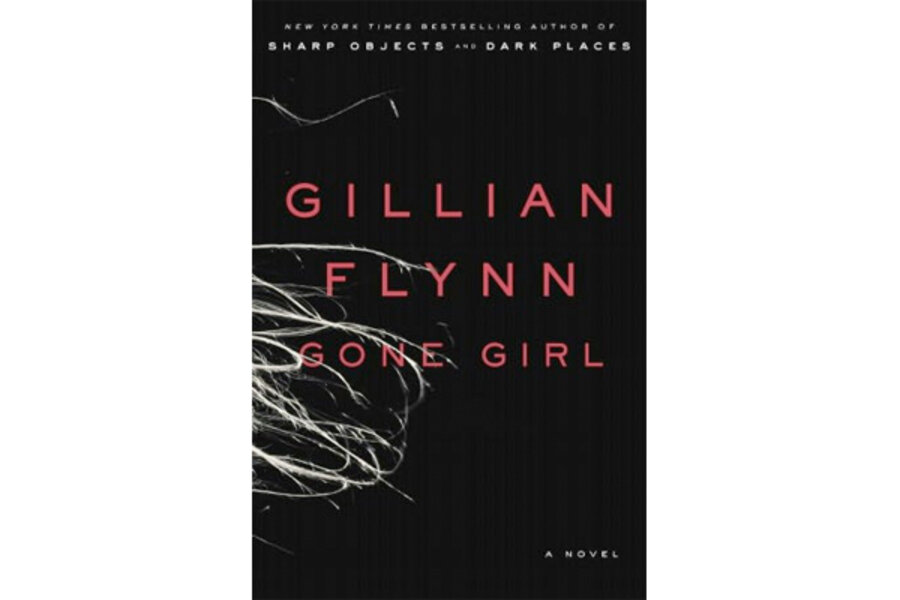Gillian Flynn's third mystery is burned-coffee black and flavored with cyanide. (As far as I'm concerned, those are compliments of the highest order.)
“Gone Girl” opens on the fifth anniversary of Nick and Amy Dunne, with Amy making crepes and Nick fantasizing about the shape of her skull. Later that morning, Amy disappears from their home along the Mississippi, leaving behind, as the only clues, her diary and the treasure hunts she always makes Nick for their anniversary. Unfortunately, Nick always fails woefully at solving them.
“My wife loved games, mostly mind games, but also actual games of amusement,” Nick tells readers.
The first section of “Gone Girl” unfolds the Dunnes' past for a reader through Nick's commentary and Amy's diary entries.
Nick used to be a magazine writer – you know, back when people read things printed on paper, instead of using e-readers to play Fruit Ninja and Plants vs. Zombies. (Flynn, a former writer for Entertainment Weekly, expertly captures the befuddled, sardonic mood of those who used to make a living writing about pop culture.) Amy, who was the inspiration for her parents' series of children's book “Amazing Amy,” made up psychological quizzes for women's magazines. (You walk into a party. Do you A) hide against a wall for 30 minutes, gulping a beverage, and then flee to the safety of your apartment, B) Make a beeline for the most crowded group and insinuate yourself in the conversation, or C) pick up the cutest guy there. Amy went with C. It was Nick.)
After both of them lost their jobs and Nick's mom was diagnosed with cancer, they returned to his hometown of North Carthage, Mo., cashing in the last of Amy's trust fund so that Nick and his twin, Margo, can buy a bar – based on the sound reasoning that no one has yet invented an app that can replace alcohol.
North Carthage is about as desolate as its namesake after the Romans finished with it. The lone printing plant has closed, and the city's main employer, the Riverway Mall, “is now two million square feet of echo.”
The only homes for rent are located in “a miniature ghost town of bank-owned, recession-busted, price-reduced mansions, a neighborhood that closed before it ever opened.” Amy, a Manhattanite to her core, is unimpressed with the wall-to-wall carpeting and other amenities. “Should I remove my soul before I come inside?” she asks Nick when they move in.
Nick bears more than a few similarities to Scott Peterson, the California man who was convicted in 2005 of murdering his pregnant wife, Laci. The police soon light on him as the prime suspect, to no one's surprise, including Nick's.
“It's always the husband, I thought. Everyone knows it's always the husband, so why can't they just say it: We suspect you because you are the husband, and it's always the husband. Just watch Dateline."
Except that, while Nick is a compulsive liar who can't stop grinning like a fool for the TV cameras, there is no sign of Amy's body. He's either more adept at covering his tracks than he first appears, or he's being set up by the woman who fell for him at first sight.
If you are in a mood for a cozy mystery, flee as fast you can from “Gone Girl.” Flynn is a master manipulator, deftly fielding multiple unreliable narrators, sardonic humor, and social satire in a story of a marriage gone wrong that makes black comedies like “The War of the Roses” and “Who's Afraid of Virginia Woolf” look like scenes from a honeymoon. Veteran mystery readers may see as far as the opening of the second act, but Flynn has more surprises in store on her way to the sucker-punch of an ending. It is, in a word, amazing.








